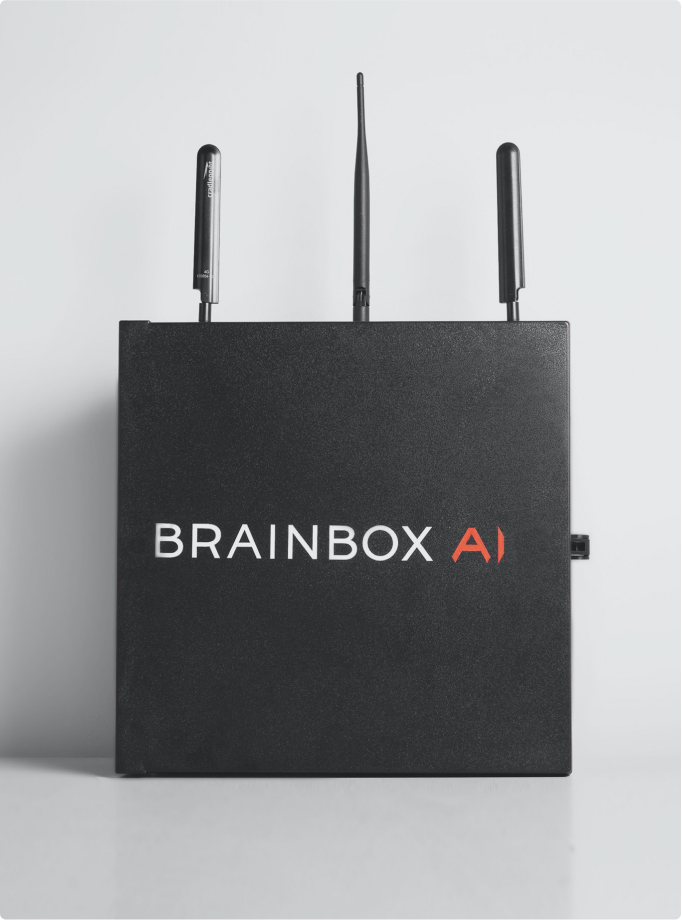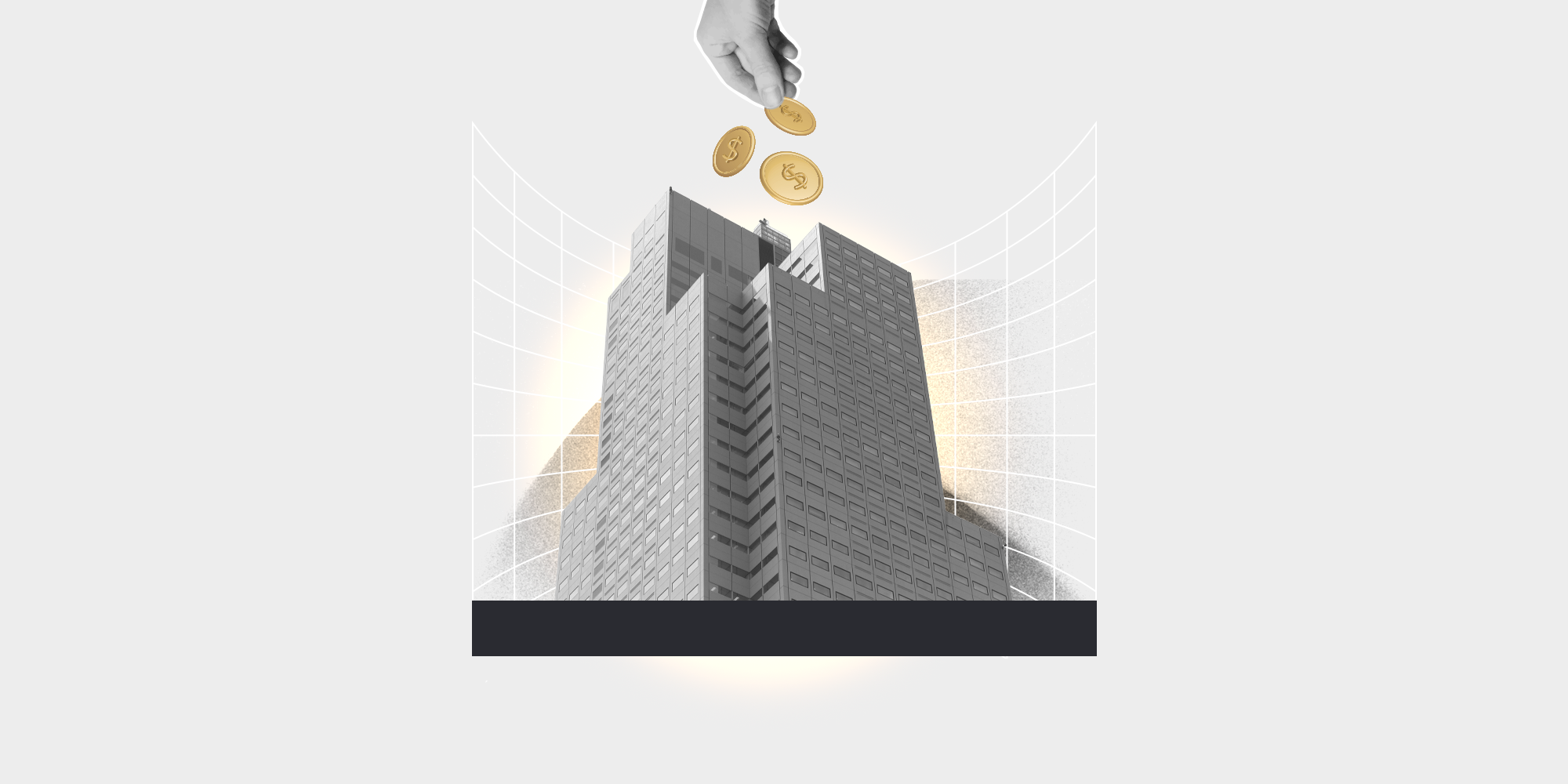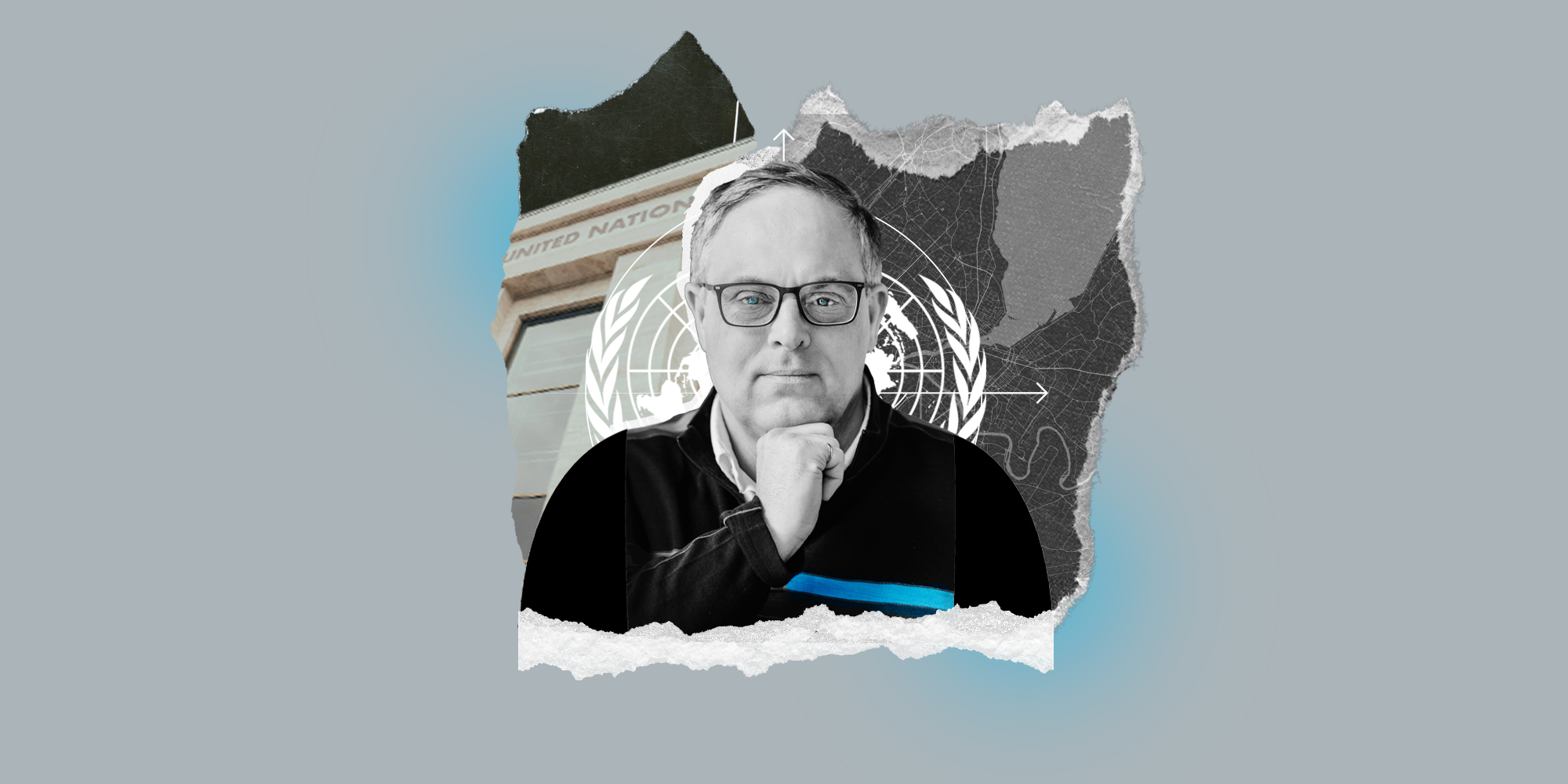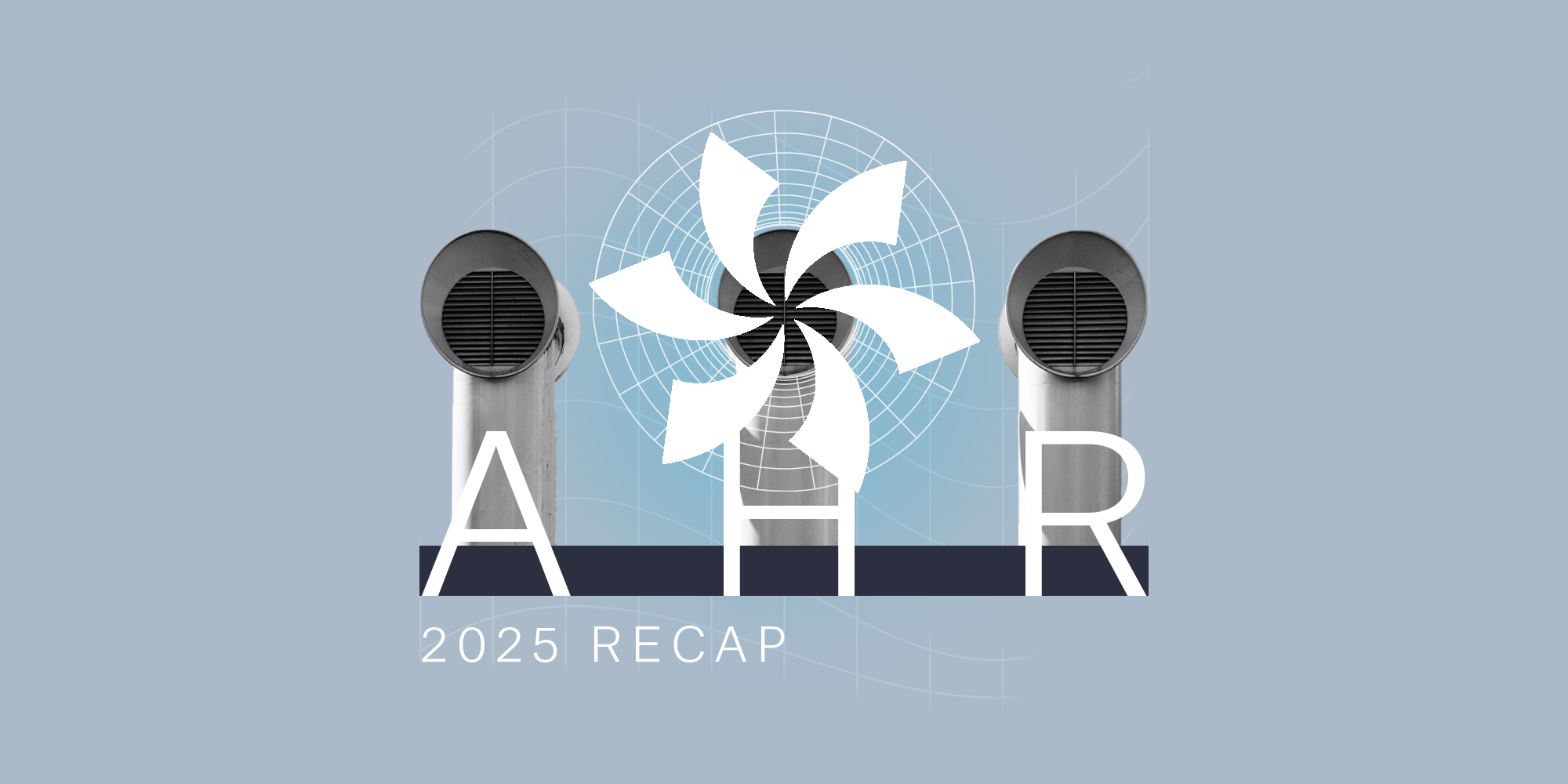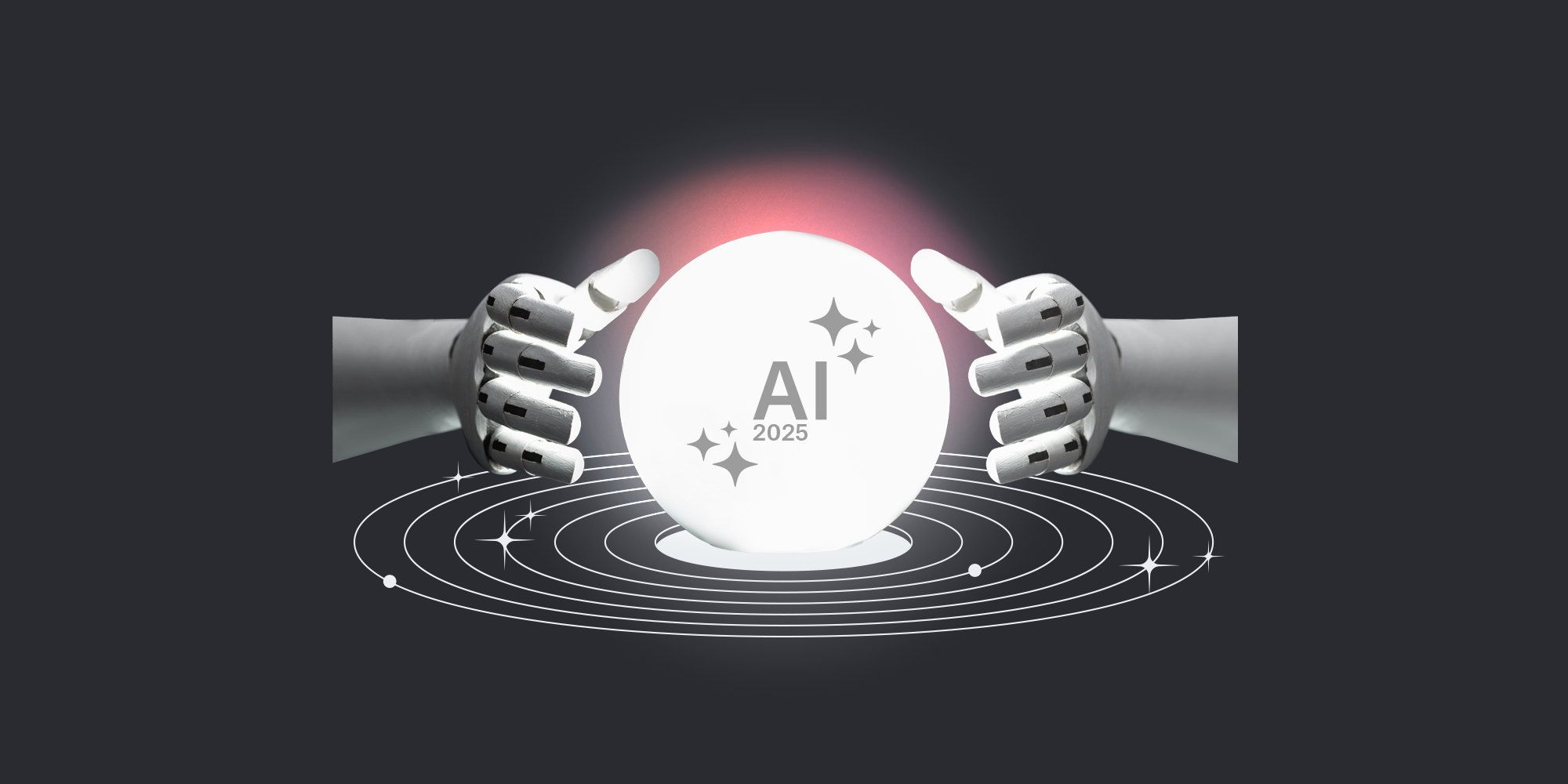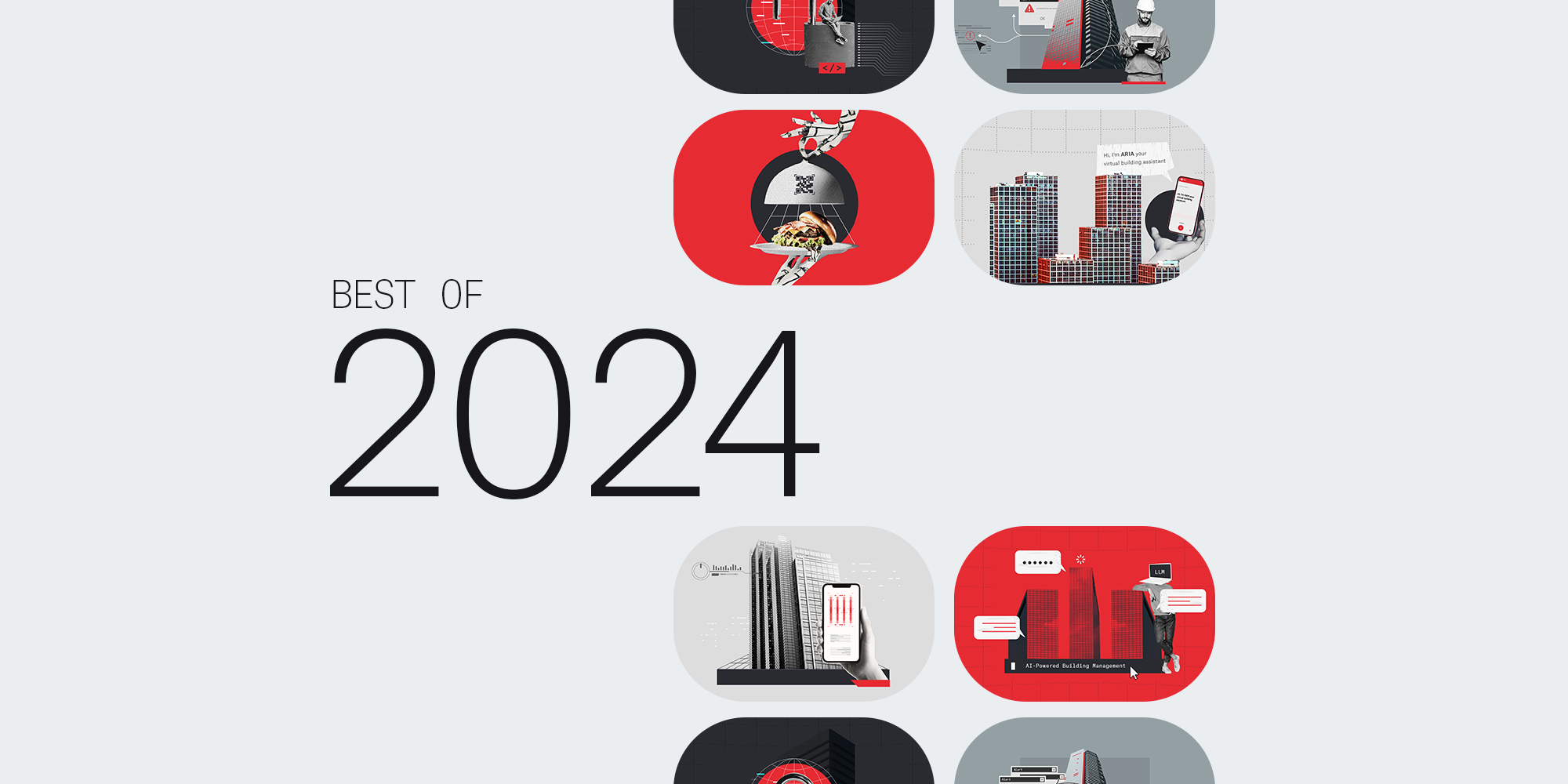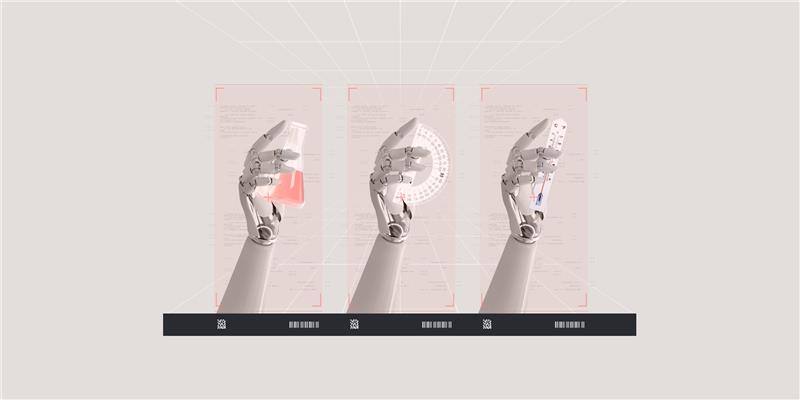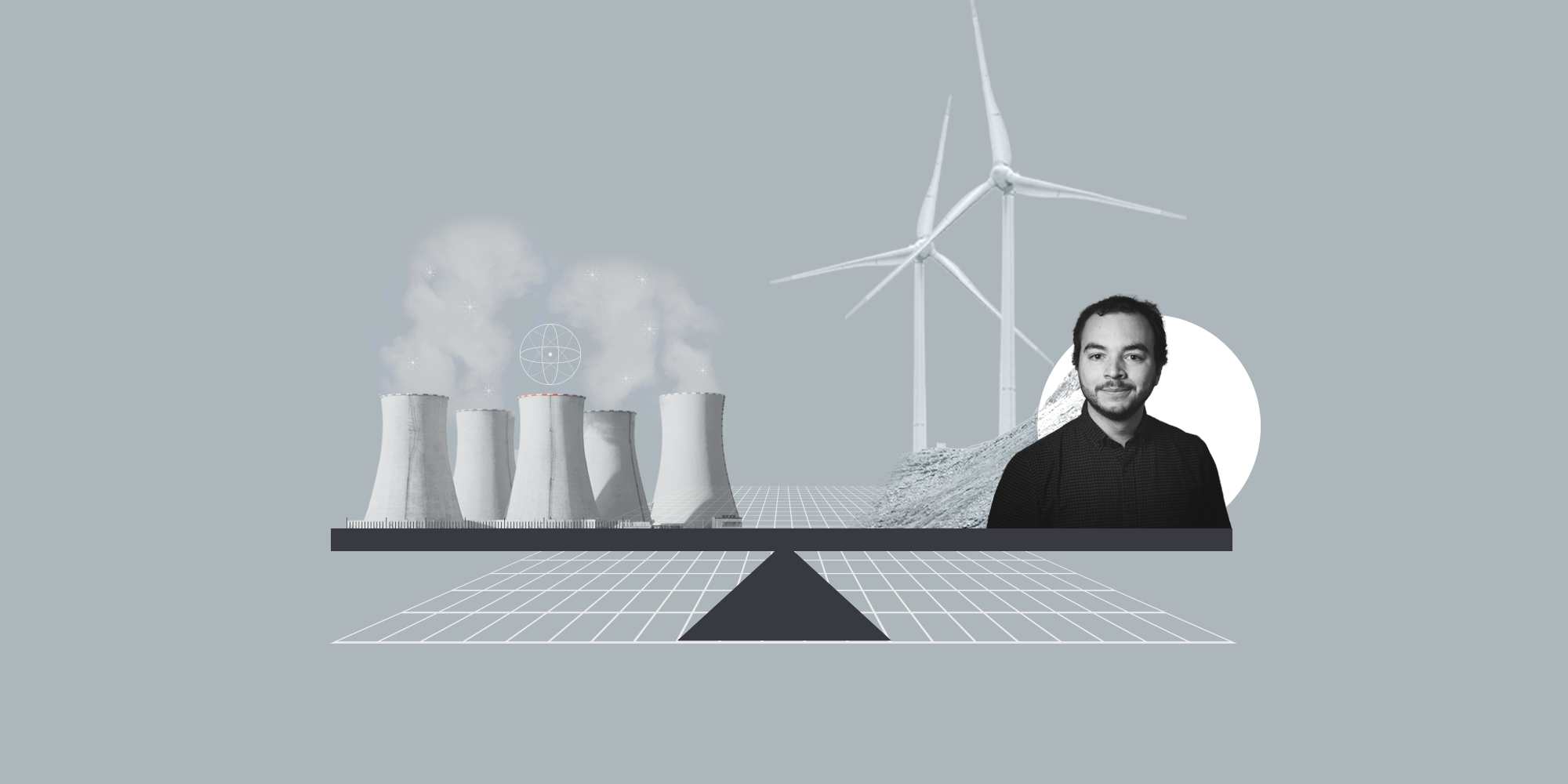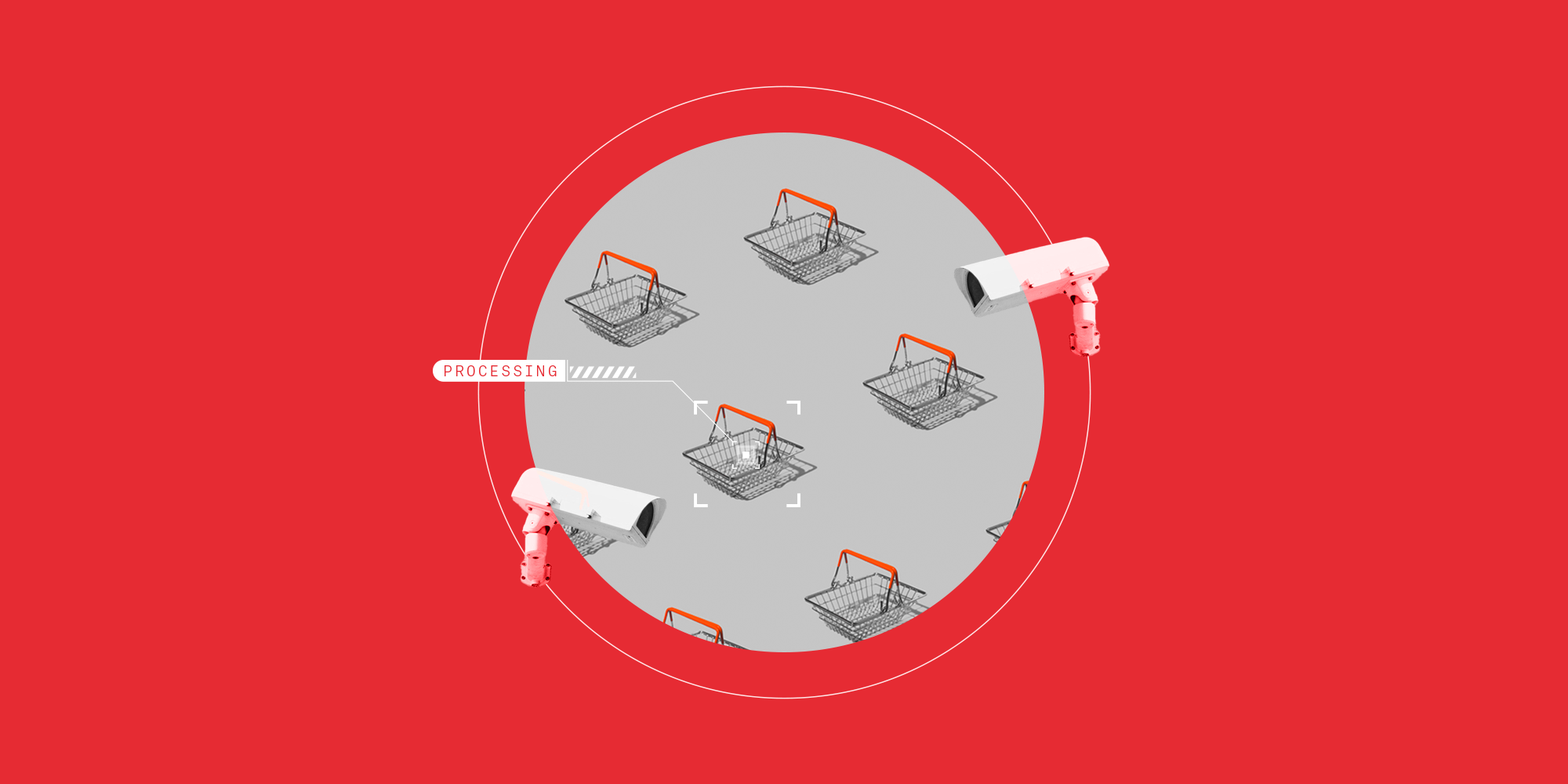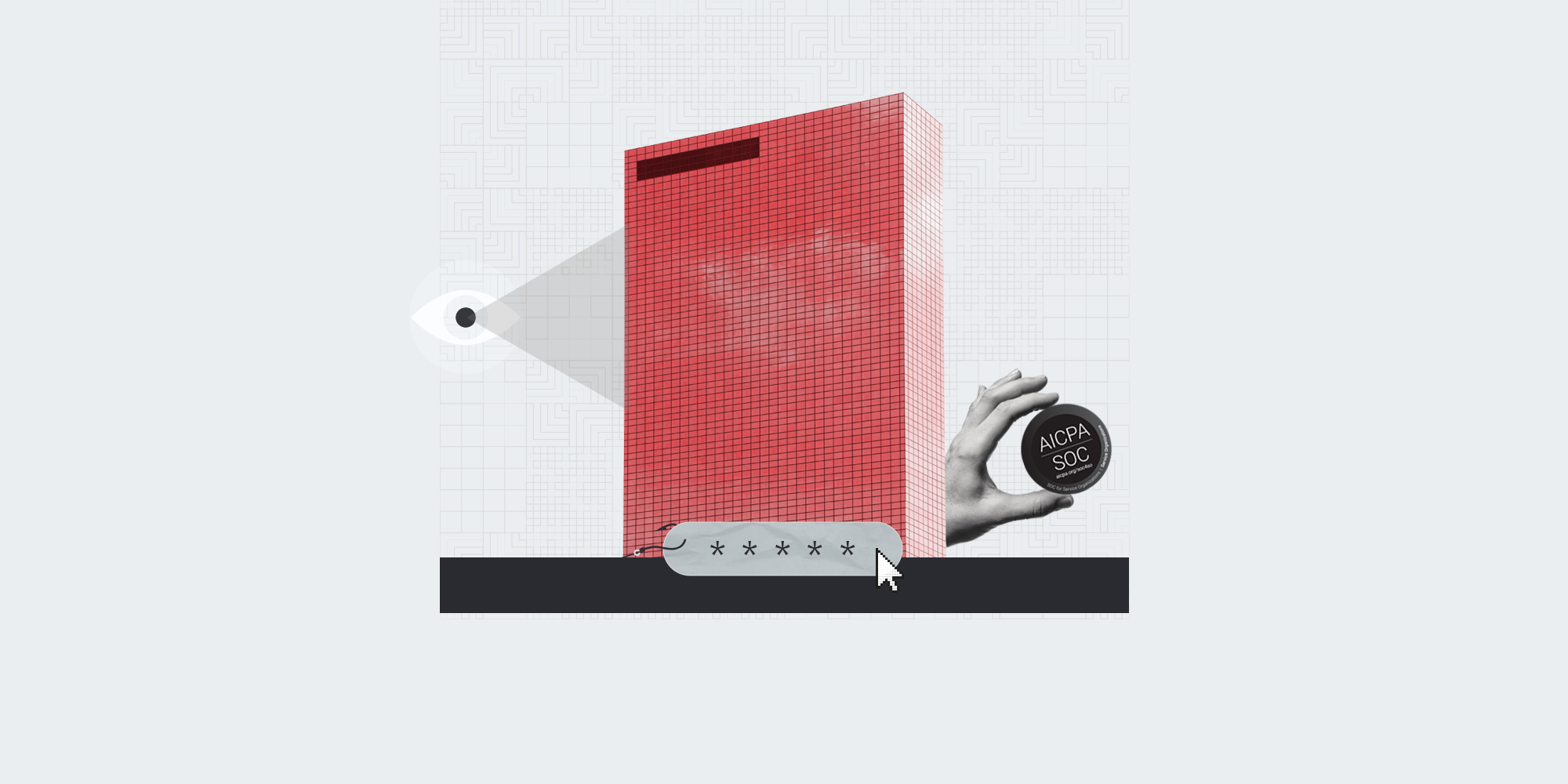7 carbon offsetting projects available on the voluntary carbon market
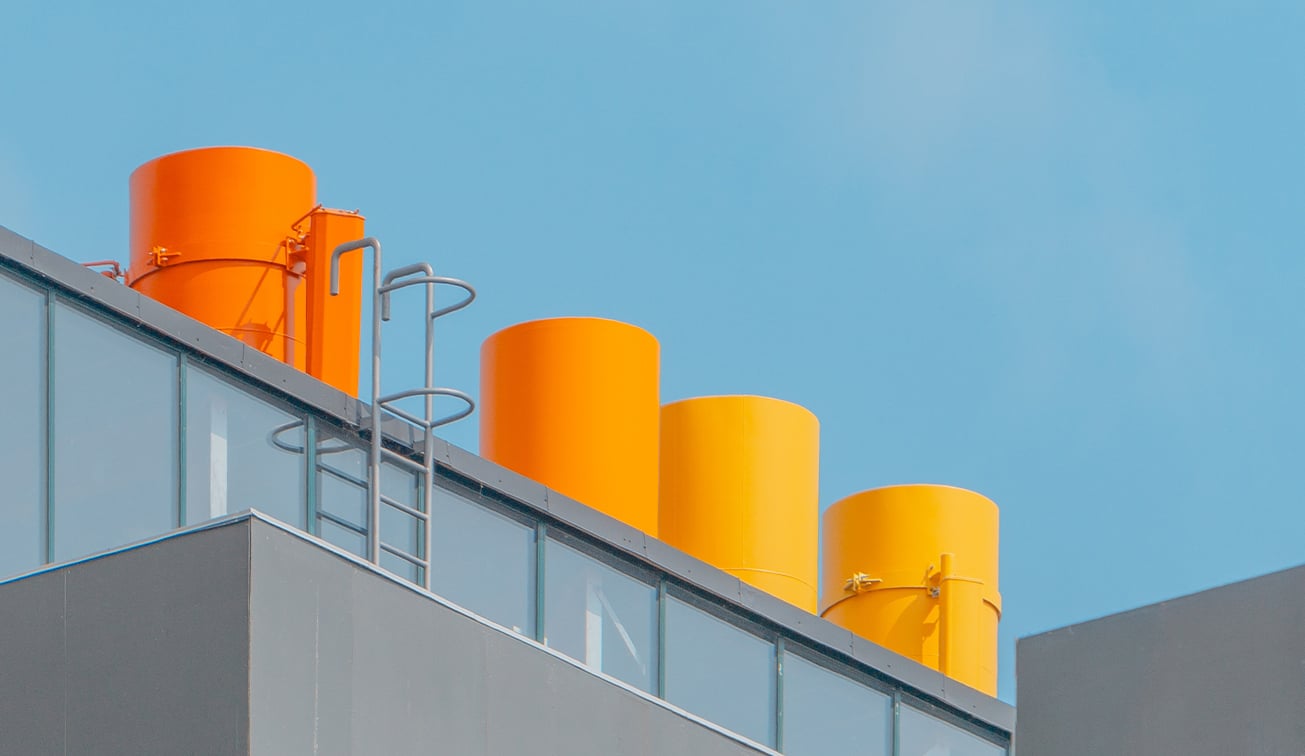
The carbon offset market can be confusing. There are countless projects to choose from, various protocols on how to quantify a project's GHG reductions, and no real universal, standardized categorizations to follow. So, to help you muddle through the murky waters of offsetting, we’ve put together seven of the most common kinds of carbon offset projects for you to consider when building your emissions reduction strategy.
Renewable energy projects
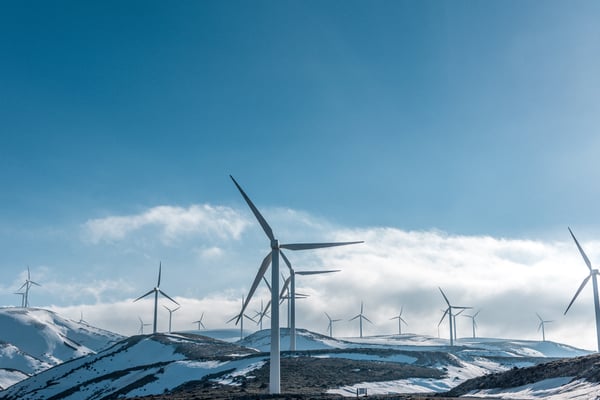
Renewable energy carbon offset projects can cover anything from hydroelectric, wind, and solar energy to biomass power. The main point of renewables is to move away from burning fossil fuels and toward using clean energy.
An example of a renewable energy offset project is the Crow Lake wind emissions reduction program in South Dakota. This wind farm consists of 108 wind turbines that generate 162 megawatts of electricity. The program claims to reduce emissions by around 432,128 megatons per year, the carbon equivalent of 93,110 gasoline-powered passenger vehicles driven for one year.
Fact: Despite being the world’s largest contributor to GHGs, China is also currently the world’s largest producer of wind and solar energy and the leading investor in renewable energy.
Nature-based sequestration projects

Planting trees is generally the first thing that comes to mind when thinking about carbon offsetting. That’s because trees are natural carbon capturers, absorbing CO2, storing it in their trunks, and releasing oxygen by way of photosynthesis. Aside from restoring forests, sequestration projects also extend to the protection of existing ecosystems, including ocean and coastal habitats. An example of a sequestration offset project is the Klawock Heenya Project, which protects 8,600 acres of forest on Prince of Wales Island in Alaska
Fact: Trees aren’t the only natural sources of carbon capture and storage; mangroves, salt marshes, kelp forests and seagrasses perform sequestration too.
CCS and CCUS projects
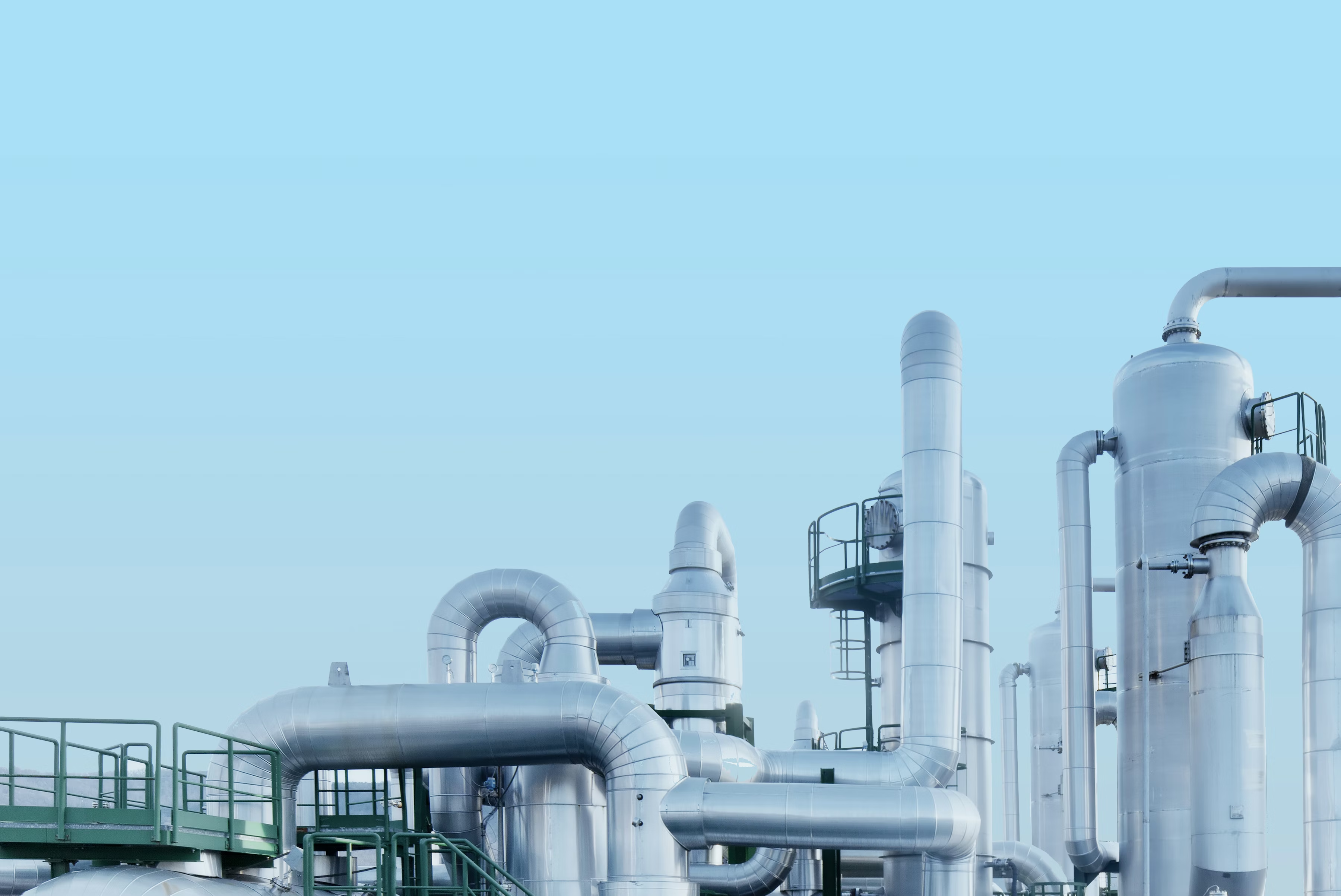
CCS refers to carbon capture and storage. It involves capturing CO2 emissions from industrial processes, like cement production, or from burning fossil fuels. Once captured, this carbon is transported via ship or in a pipeline and then stored in rocks deep underground.
CCUS stands for carbon capture, usage, and storage. Like CCS, CCUS is a technology that captures CO2 emissions from industrial activities, but instead of burying them underground, it makes effective use of the emissions by recycling them.
Of course, CO2 isn’t the only GHG that can be captured. The Cambria 33 Abandoned Coal Mine Methane Capture Project (in Ebensburg, Pennsylvania) for example, works to capture methane gas from an abandoned coal mine. The project captures the methane emitted from the mine with a gas blower and delivers it to an absorption unit that compresses it through several molecular sieves to remove impurities. Once purified, the gas is injected into a nearby natural gas pipeline where it’s used by local residents and businesses.
Waste diversion and management projects
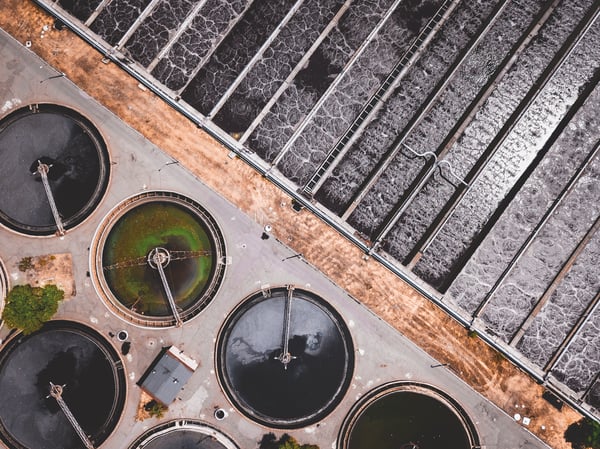
Waste diversion and management offset projects aim to take household and commercial organic waste and use it to produce clean energy such as biogas and biomethane. This is an important undertaking, as food waste is responsible for 6% of global GHG emissions.
Projects such as the City of Toronto’s Municipal Solid Waste Diversion from landfill to biodigestion at the Dufferin Organics Processing Facility aim to address organic waste emissions. They do so by converting the biogas produced from processing organics into renewable natural gas (RNG) and injecting it into the natural gas distribution grid. Once in the grid, the city can use the low-carbon fuel to heat buildings and facilities and power its waste collection trucks and other vehicles.
Fact: Orange peels, eggshells, and other organic waste emit methane when they decompose anaerobically (without oxygen), which is what happens in landfills. Projects that repurpose methane are crucial as, over a 20-year period, this specific gas is 80 times more powerful at warming the Earth than CO2.
Recycling and reusing projects
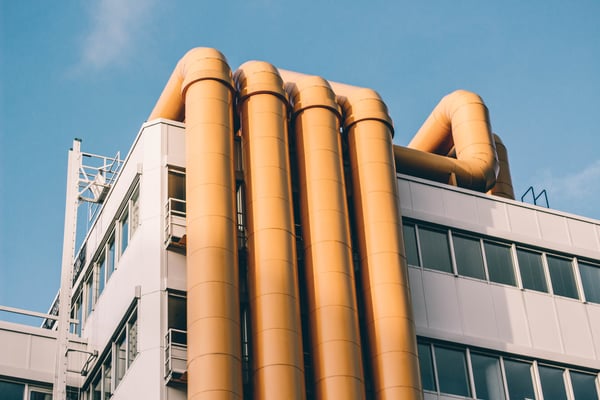
In the context of carbon offsetting projects, recycling and reusing can encompass a whole lot more than placing glass bottles in a big blue bag. They can include salvaging plastic waste from the environment or treating and reusing industrial wastewater. They can even include recycling CO2 itself.
Recycling and reuse offsetting projects are great because they reduce emissions in more ways than one. Not only do they divert waste from landfills, preventing methane emissions from the decomposition of organic waste, but they also diminish the need to manufacture new things, which is an incredibly carbon-intensive activity in itself.
An example of a successful recycling project is Hydrodec’s oil recycling project. Based in Canton, Ohio, Hydrodec re-refines transformer oil, which is used in equipment needed to run the US electric grid. Over time, the oil degrades, becomes contaminated, and needs to be replaced. When this happens, the spent oil is typically incinerated, which emits high levels of CO2 and other pollutants. However, Hydrodec has developed a process to re-refine the oil into new, virgin quality oil, enabling it to be reused. The company claims to have an emissions reduction rate of 50,000 metric tons of CO2 per annum, the equivalent of supplying 6,298 homes with electricity for a year.
Community projects
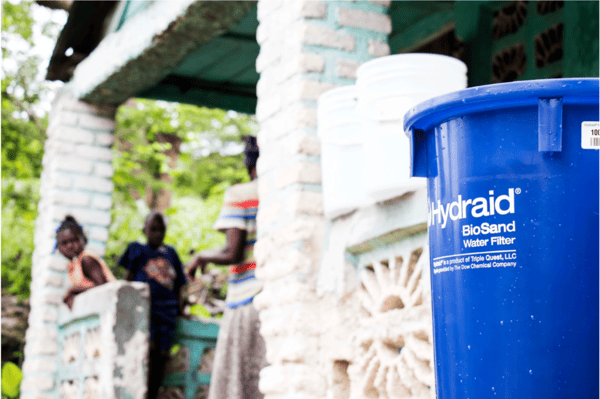
Projects that aim to improve the lives and health of communities in developing countries can also result in carbon emissions reductions. The Haiti Clean Water Project, for example, provides clean drinking water to communities in need in Haiti, reducing the need to burn wood to boil water for drinking.
Created by Canadian inventor, Dr. David Manz, The Hydraid water filter provides a simple, safe, effective household water filter that lasts for over a decade. Using centuries-old slow sand technology, the filter removes up to 99% of waterborne pathogens, making water safe to drink and reducing water-borne illnesses. It also reduces deforestation and pollution caused by the chopping down and burning of wood to sanitize drinking water.
To date, the Hydraid water filter has improved the lives of 2,580 families, provided 250 million liters of clean water, and avoided 80,000 tonnes of CO2e.
Biogas projects
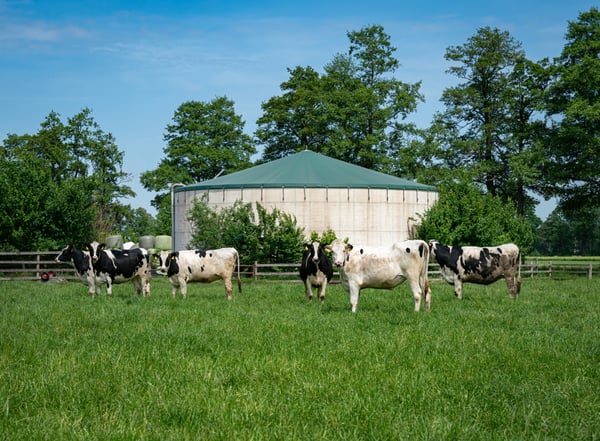
Biogas is a type of renewable energy that's produced by breaking down organic matter (like food waste or agricultural byproducts). It can be used as a fuel source to generate electricity or heat, which reduces our reliance on fossil fuels and decreases GHG emissions. One such example of this is the Rainier Farm Biogas Project in Washington, US.
Using a sealed, heated concrete digester, Rainier Biogas can transform cow manure from nearby farms into electricity by collecting methane biogas and feeding it to a 1-megawatt electric generator. This generator then delivers renewable energy to the region’s electrical grid.
The project is projected to avoid 4,000 metric tonnes of GHG emissions annually, helping to mitigate the effects of climate change. Additionally, it works to protect nearby watersheds from pollution by removing a portion of the nitrogen and phosphorus from manure spread on cropland.
Fact: Biogas is thought to date back to 3,000 BC in the Middle East, when the Assyrians used it to heat their baths.

